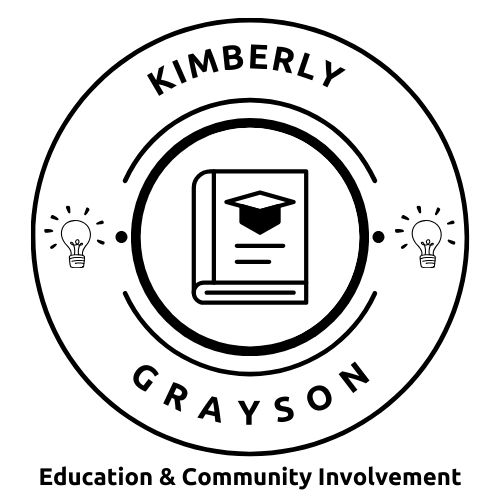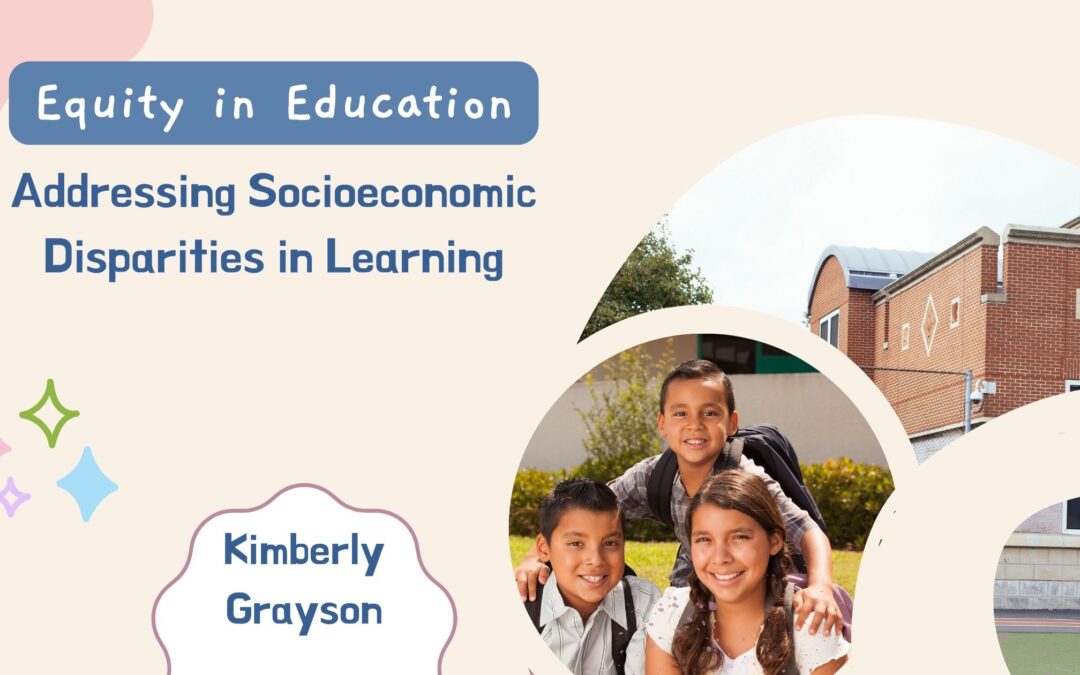Education is often hailed as the great equalizer, offering opportunities for individuals to achieve their full potential regardless of their background. However, socioeconomic disparities in access to quality education persist, perpetuating cycles of inequality and hindering social mobility. Addressing these disparities is essential for creating equity in education where every student has the opportunity to succeed.
Understanding Socioeconomic Disparities
Socioeconomic and educational disparities refer to differences in academic achievement and educational outcomes based on income, wealth, parental education level, and neighborhood resources. Students from low-income families often face numerous barriers to academic success, including limited access to high-quality schools, inadequate resources, and fewer opportunities for enrichment activities.
These disparities have far-reaching consequences, affecting students’ academic performance and long-term life outcomes. Students from low-income backgrounds are less likely to graduate from high school, attend college, or secure well-paying jobs, perpetuating cycles of poverty and inequality.
Barriers to Equity
Several factors contribute to socioeconomic disparities in education, including:
- Unequal Access to Resources: Schools in low-income neighborhoods often lack adequate funding, qualified teachers, and essential resources such as textbooks, technology, and extracurricular activities. As a result, students from these communities are at a disadvantage compared to their wealthier peers.
- Housing Segregation: Residential segregation based on socioeconomic status contributes to unequal access to quality schools. Low-income families are more likely to live in neighborhoods with underfunded schools and limited educational opportunities, further exacerbating disparities in academic achievement.
- Parental Involvement: Parental involvement in education is crucial to students’ academic success. However, parents from low-income backgrounds may face barriers to involvement, such as limited time due to work obligations, language barriers, or lack of awareness about educational opportunities.
- Access to Health and Nutrition Services: Socioeconomic disparities in healthcare and nutrition can impact students’ physical and mental well-being, affecting their ability to focus and succeed in school.
Strategies for Promoting Equity
Addressing socioeconomic disparities in education requires a multifaceted approach that involves collaboration among policymakers, educators, families, and communities. Some strategies for promoting equity in education include:
- Equitable School Funding: Ensuring that schools receive adequate funding based on student needs, addressing resource gaps in low-income communities.
- High-Quality Early Childhood Education: Investing in high-quality early childhood education programs that provide all children with a strong foundation for academic success, regardless of their socioeconomic background.
- Wraparound Support Services: Providing comprehensive support services, such as counseling, healthcare, and nutrition programs, to address the non-academic barriers to learning faced by students from low-income families.
- Teacher Recruitment and Retention: Recruiting and retaining qualified teachers who reflect the diversity of the student population and are equipped to meet the needs of students from diverse backgrounds.
- Community Partnerships: Building partnerships with community organizations, businesses, and local governments to provide students access to resources and opportunities beyond the classroom.
Conclusion
Achieving equity in education is essential for creating a more just and inclusive society where everyone can reach their full potential. By addressing socioeconomic disparities in learning, we can break down barriers to success and ensure that all students have access to the resources, support, and opportunities they need to thrive. As we work together to promote equity in education, we move closer to realizing the promise of education as a pathway to opportunity and social mobility for all.

